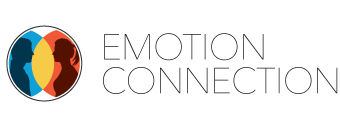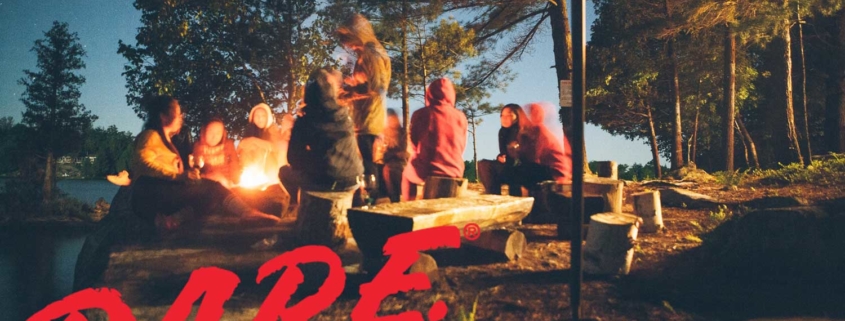Why DARE failed… and it keeps going…
16 years ago a paper came out as a 10 year follow up to the DARE (Drug Alcohol Resistance Education) program showing that it had no effect in changing anything. (Lynam, 1999) The abstract reads:
“The present study examined the impact of Project DARE (Drug Abuse Resistance Education), a widespread drug-prevention program, 10 years after administration. A total of 1,002 individuals who in 6th grade had either received DARE or a standard drug-education curriculum, were reevaluated at age 20. Few differences were found between the 2 groups in terms of actual drug use, drug attitudes, or self-esteem, and in no case did the DARE group have a more successful outcome than the comparison group. Possible reasons why DARE remains so popular, despite the lack of documented efficacy, are offered.”
Another study that looked at 2000 sixth graders till tenth grade found that there were not actual drug use differences between groups of students in the DARE program. (Clayton, 1996)
This study stated “No significant differences were observed between intervention and comparison schools with respect to cigarette, alcohol, or marijuana use during the 7th grade, approximately 1 year after completion of the program, or over the full 5-year measurement interval.”
What is DARE? 17 weeks of one hour sessions giving informational content on drugs, media use of drugs and peer pressure. The teachers have 80 hours of training on drug use consequences and teaching skills. It has no booster sessions after its initial training.
The more I looked into the research, the more I realized that all the studies said the same thing: no long term effect!
That led me to another study looking at why DARE continues despite the lack of research that was widely known and disseminated in 1997-2000 by CBS, ABC, New York Times, Boston Globe, US News, and the World Report. This study (Birkeland, 2005) in which they interviewed 128 people involved in implementing and making decisions about the program showed that the researchers were overlooking that school officials did not think such a short term program would change behavior but it established a relationship between the cops and kids. Also “evaluators generally agree that decision makers do not usually put evaluation findings directly into use.” Put another way, school districts ignore the evidence.
- Most decision makers knew the negative program evaluations but had not actually read the studies.
- Decision makers continued this 17 hour program because “it was one very small component of a larger community initiative” and did not expect it to win against the kids’ families that used or TV and movies that widely promote drug/alcohol use.
- Schools value the relationships made between the cops and kids. Cops also value this, one saying “oh, the kids wave with all fingers now instead of just one!” “Cops are seen as a resource for protection, for answers for some questions, for direction and for care.”
- Others thought there personal experience was more convincing then scientific evidence, claiming that their program was unique or special.
My thoughts:
If schools value relationships with cops why not build a program where the cops are giving more then “content advice”. Why not train the cops how to build connection with their students and then through the right questions find the student’s own goals for the future. With a clear vision, purpose and mission kids will be moving towards something. Connection skills can be taught and is the bedrock to long lasting change. Building a program around advice and “don’t do this or a bad thing will happen” just has not been shown to work.
DARE’s content program has not been shown to help likely because what actually helps is asking the right questions. Motivational interviewing is a well tested and studied technique used by therapists and addiction specialists which helps the client find their own intrinsic motivations to change. When I first learned this method, got the book (Miller, 2012) on it, I found that people who came in with drug use actually were able to make movement to change. The book provides research on how content and confrontation approaches actually push people further into addiction (something I have seen time and time again in my practice of medicine).
Rather then teach students to observe how modern culture promotes drugs, why not get celebrities to promote something different? Once again this is moving from using a negative model for change into a positive- look at that amazing celebrity role model – as a way to promote change. Characters who save the world with a sacrificial love grab the heart of youth and adults. Look no further to the Lord of the Rings, Hunger Games, Star Wars, Braveheart and many other epics that speak to this truth.
In addition to face to face contact, in a modern age of social media, a new program will connect students online in an ongoing way over years, not just one semester. Ideally teachers and cops will be able to interact on an online platform with students at various schools.
I believe using the DARE program as a learning tool for what does not work, and looking at what actually works, we can re-define the ideal program.



Leave a Reply
Want to join the discussion?Feel free to contribute!